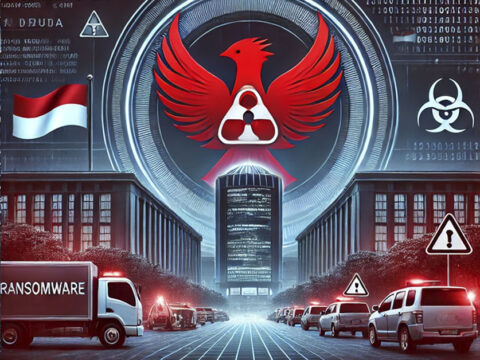The Rise of Cyber Resilience Strategies Amid Increasing Ransomware Attacks
In a digital era where cyber threats are ever-evolving, the concept of cyber resilience has become crucial for organizations aiming to safeguard their digital assets. With ransomware attacks surging dramatically, the focus has shifted from merely defending against attacks to ensuring robust recovery strategies and resilience.
Surging Ransomware Attacks: A New Reality
Ransomware attacks have skyrocketed, with 2023 seeing a 90% increase in publicly extorted victims according to Check Point’s Cyber Security Report. This alarming trend underscores the importance of resilience in cybersecurity. Unlike traditional defensive strategies, cyber resilience involves preparing for inevitable breaches and ensuring that organizations can maintain core functions during and after an attack (World Economic Forum) (CyberTalk).
Building Resilience: Proactive Strategies for Organizations
Building cyber resilience requires a proactive approach, encompassing both technological and human elements. Advanced technologies such as AI and machine learning play a pivotal role in detecting and responding to threats. However, human expertise is equally vital. Training staff, understanding the specific risk landscape, and fostering a security-aware culture within the organization are crucial steps (CyberTalk).
Organizations are also adopting comprehensive frameworks like the NIST Cybersecurity Framework and MITRE ATT&CK. These frameworks provide structured approaches to managing cybersecurity risks, focusing on identifying, protecting, detecting, responding, and recovering from cyber incidents. By aligning with such frameworks, businesses can develop nuanced strategies tailored to their unique challenges, enhancing overall resilience (AT&T Cybersecurity).
Leadership and Culture: The Human Factor in Resilience
Leadership plays a critical role in shaping an organization’s cyber resilience. Effective leaders understand that cybersecurity is not just an IT issue but a core business function. They actively engage in cybersecurity strategies, ensuring these discussions are a regular part of boardroom conversations. By fostering a culture where cyber resilience is ingrained in every decision and action, organizations can stay ahead of potential threats (CyberTalk) (AT&T Cybersecurity).
Moreover, continuous education and adaptation are key. Leaders must stay abreast of emerging threats and evolving strategies to allocate resources effectively, develop their teams, and implement new technologies as needed. This proactive stance ensures that the organization’s cyber resilience posture is always a step ahead, ready to counteract and mitigate risks in the dynamic digital landscape (World Economic Forum).
In conclusion, as ransomware attacks continue to rise, the focus on cyber resilience becomes increasingly critical. By adopting comprehensive strategies that integrate both technological and human elements, and fostering a proactive leadership culture, organizations can enhance their ability to withstand and recover from cyber threats.












